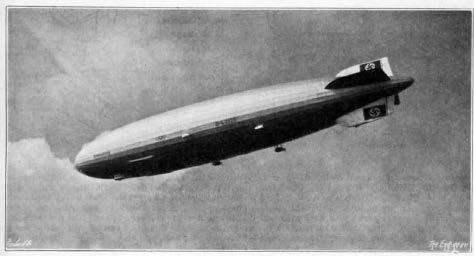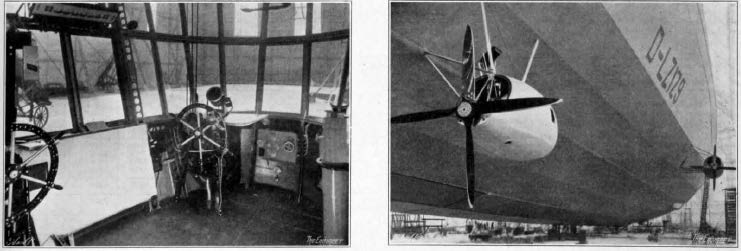March 1936: First flight of the Hindenburg
The maiden test flights of the Zeppelin Hindenburg gave no hint of the disaster to come
Hindsight is a wonderful and terrible thing. There was no way that out predecessors at the first Engineer Towers on the Strand could have known that Hindenburg would become a by-word for disaster and hubris when they announced in a brief item at the front of the journal that the Zeppelin Hindenburg had made its first trial flight.

200 men brought the airship out of its hanger for a three-hour trip over Lake Constance, with its designer, Dr Hugo Eckener, at the controls and a former pilot of the Graf Zeppelin, Captain Lehmann, on board. Further test-flights saw Hindenburg overfly Munich and Augsberg, all of which were satisfactory. The first flight with paying passengers was scheduled for the end of the month.

It wasn’t until the following May that disaster overtook the Hindenburg. In another brief item followed by a longer piece and some drawings, The Engineer reported that the airship had come into land after its first round voyage of the year, delayed by heavy winds over Newfoundland. After avoiding a thunderstorm at its landing ground at Lakenhurst Airport in New Jersey, its crew had just thrown its mooring lines to the ground when a sudden flash of fire from the rear of the ship spread rapidly, consuming the whole airship in seconds. Of the 100 people on board, 35 died, including Captain Lehmann.
Register now to continue reading
Thanks for visiting The Engineer. You’ve now reached your monthly limit of premium content. Register for free to unlock unlimited access to all of our premium content, as well as the latest technology news, industry opinion and special reports.
Benefits of registering
-
In-depth insights and coverage of key emerging trends
-
Unrestricted access to special reports throughout the year
-
Daily technology news delivered straight to your inbox










Water Sector Talent Exodus Could Cripple The Sector
Maybe if things are essential for the running of a country and we want to pay a fair price we should be running these utilities on a not for profit...